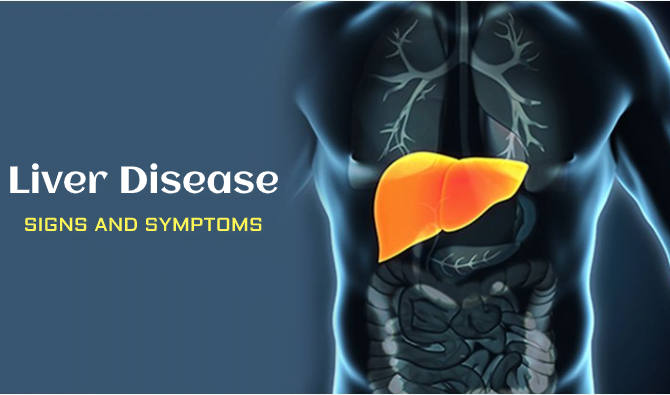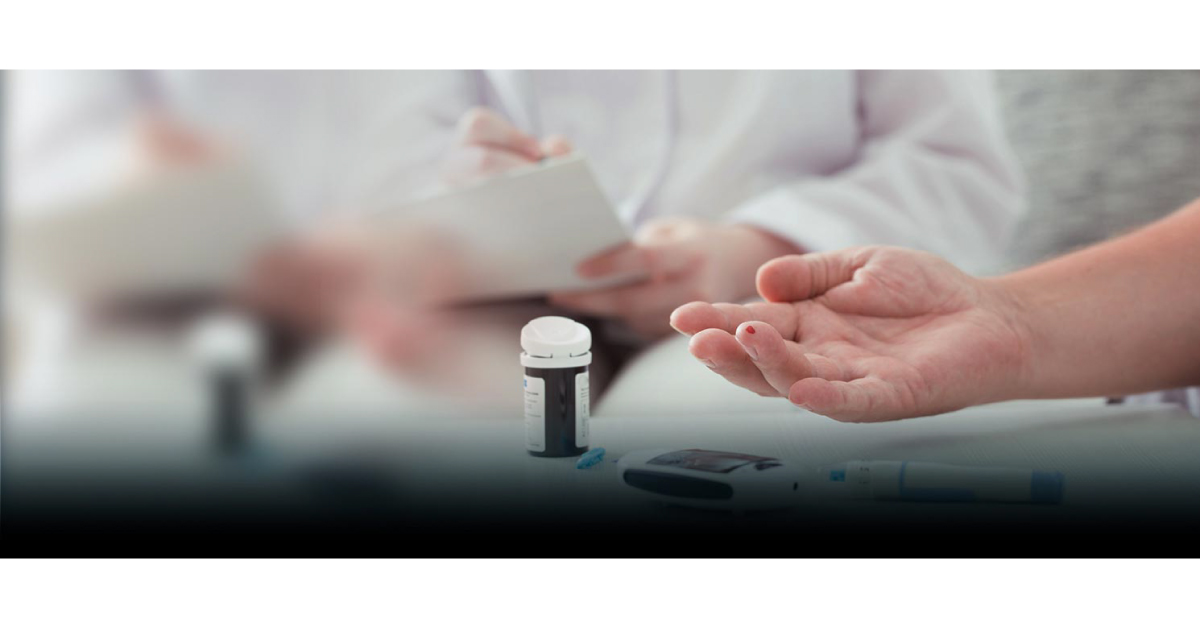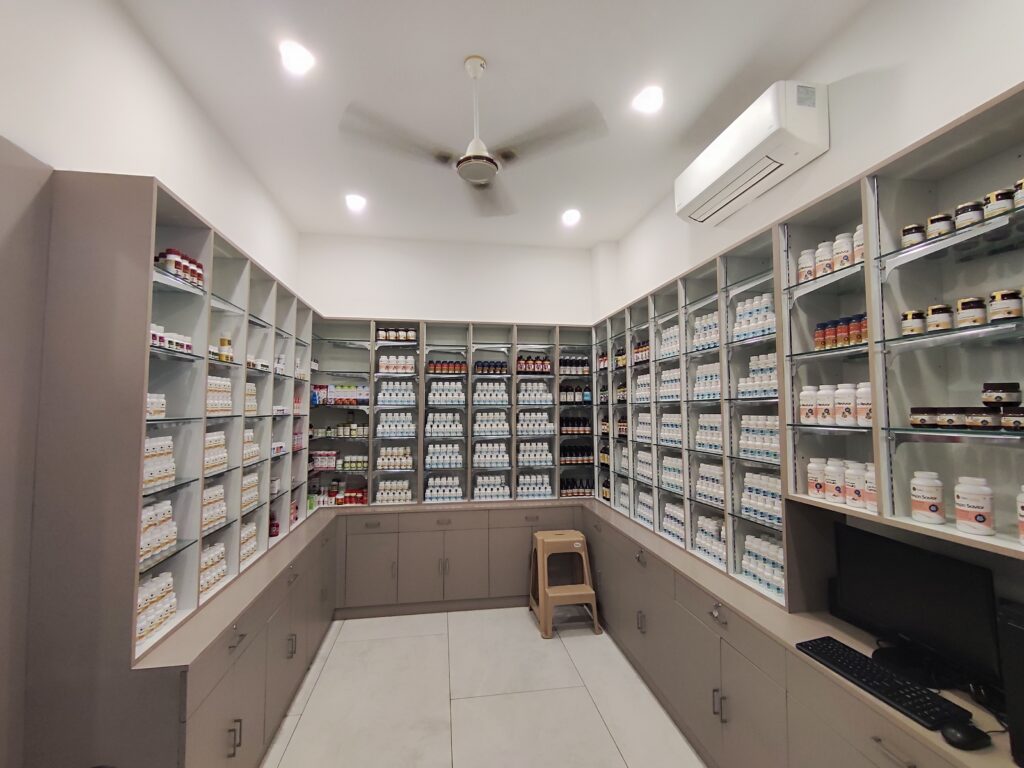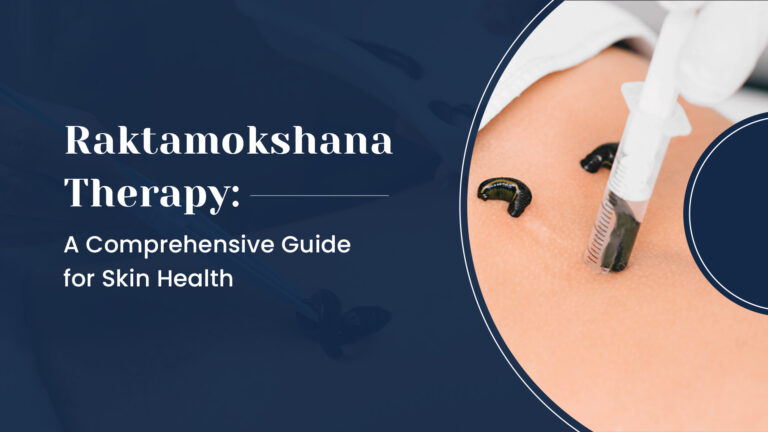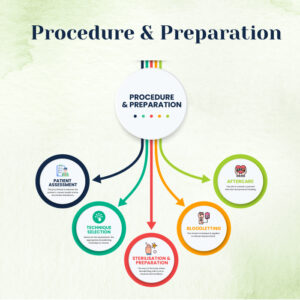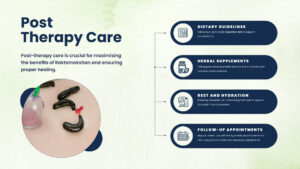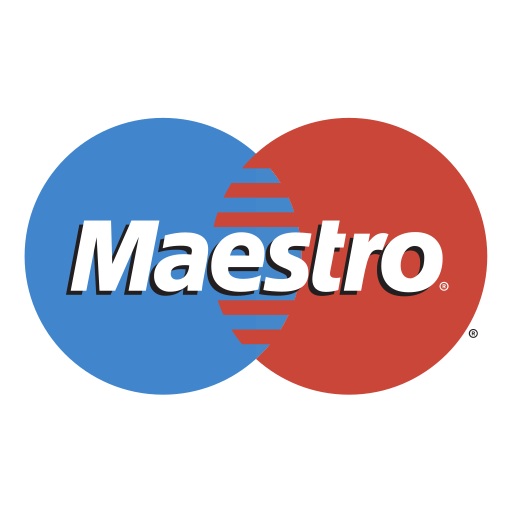In today’s world, where skin issues like psoriasis and eczema are increasingly common, finding effective treatments that provide long-term relief can be a challenge. However, in the ancient practice of Ayurveda, there exists a powerful therapy known as Raktamokshan, which offers hope for those seeking natural remedies for Psoriasis/Eczema or other skin concerns.
People with psoriasis often have a persistent question: Can Ayurveda Cure Psoriasis Permanently?
Psoriasis is a skin condition that causes red, scaly patches and can be tough to manage. While regular medicine often focuses on controlling symptoms, Ayurveda looks at curing the root cause, which might lead to long-term relief. Raktamokshan, an important Ayurvedic therapy, plays a big part in this.
Raktamokshan, or bloodletting, purifies the blood by removing toxins and balancing the body’s energies, especially Pitta and Kapha. Psoriasis is often due to an imbalance in these energies, leading to toxin buildup in the blood. By fixing this imbalance and removing toxins, Raktamokshan can greatly reduce the severity and frequency of psoriasis flare-ups.
Many people have experienced significant improvement in their psoriasis symptoms with Raktamokshan, combined with other Ayurvedic treatments like diet changes, herbal medicines, and lifestyle adjustments. However, Ayurveda focuses on long-term care and individual needs. While Raktamokshan may not provide a permanent cure like a magic fix, it can help keep the symptoms away for a long time and improve the quality of life by treating the root causes. In short, Raktamokshan is a powerful Ayurvedic method to manage psoriasis, promoting better skin health and potentially reducing the recurrence of symptoms over time.
In this comprehensive guide, we’ll delve into the principles, techniques, benefits, risks, and modern applications of Raktamokshan therapy for skin health.
Introduction to Raktamokshana Therapy
Raktamokshan, a Sanskrit term meaning “bloodletting,” is a therapeutic procedure aimed at purifying the blood and restoring balance to the body’s internal environment. This ancient practice has been used for centuries in Ayurveda to address various health issues, including severe skin conditions like psoriasis and eczema.
Chronic skin problems like psoriasis and eczema can be frustrating and challenging to manage, often causing discomfort, embarrassment, and a significant impact on one’s quality of life. While conventional treatments such as topical creams and medications can provide temporary relief, they may not address the underlying causes of these conditions. This is where Raktamokshan therapy comes in.
Raktamokshan, or bloodletting, plays a significant role in alleviating skin conditions characterized by itchiness. Itchy skin often arises from the accumulation of toxins (ama) in the blood and an imbalance in the Pitta dosha. These factors lead to inflammation and irritation, common triggers for itchiness. Raktamokshan targets these underlying issues by purifying the blood and restoring doshic balance. The procedure involves the careful removal of impure blood, thereby reducing the presence of inflammatory substances that contribute to itching.
Raktamokshan helps eliminate toxins from the bloodstream, which is essential for reducing the systemic inflammation that often causes or worsens itchy skin conditions such as eczema and psoriasis. By addressing the root cause—impure blood—Raktamokshan provides a more profound and lasting solution than topical treatments alone. The therapy also works to balance the Pitta dosha, which, when aggravated, leads to heat and inflammation in the body. By pacifying Pitta, Raktamokshan reduces skin irritation and itchiness.
Furthermore, the enhanced blood circulation resulting from Raktamokshan ensures better nutrient delivery to the skin, promoting faster healing and alleviating symptoms of itching. This holistic approach not only tackles the immediate discomfort but also addresses the underlying imbalances that lead to chronic skin issues.
Principles and Techniques
At the heart of Raktamokshan therapy lies the principle of detoxification, which involves removing toxins and impurities from the blood to promote overall health and well-being. According to Ayurvedic principles, many skin issues stem from imbalances in the body’s doshas, or energetic forces. Raktamokshan aims to restore harmony to the doshas and alleviate symptoms by purifying the blood.
The therapy employs various techniques, including leech therapy (Jalaukavacharana) and bloodletting with surgical instruments (Shringa), to achieve this goal. Leech therapy involves the application of medicinal leeches to specific points on the body, where they suck out impurities from the blood. Bloodletting with surgical instruments is a more controlled method that involves the release of small amounts of blood from the body.
Benefits for Skin Health
One of the primary benefits of Raktamokshan therapy is its effectiveness in treating severe and chronic skin conditions. By purifying the blood and balancing the body’s energies, Raktamokshan helps alleviate symptoms such as itching, inflammation, and flakiness associated with psoriasis and eczema. Additionally, it promotes skin healing from within, leading to long-lasting relief and improved quality of life.
Research has shown that Raktamokshan therapy can significantly improve symptoms of psoriasis and eczema, with many patients experiencing a reduction in redness, scaling, and itching. The therapy’s ability to address the root cause of these conditions sets it apart from conventional treatments, which often focus solely on symptom management.
Procedure and Preparation
Before undergoing Raktamokshan therapy, a thorough evaluation by an Ayurvedic practitioner is essential. This includes assessing the individual’s dosha balance, medical history, and the severity of the skin condition. Preparation steps may involve dietary adjustments, herbal supplements, and Panchakarma treatments to optimize the body’s readiness for blood purification.
The procedure itself involves:
-
Patient Assessment:
The practitioner evaluates the patient’s current health status and dosha imbalance.
-
Technique Selection:
Based on the assessment, the appropriate bloodletting technique is chosen.
-
Sterilisation and Preparation:
The area of the body where bloodletting will occur is cleaned and sterilized.
-
Bloodletting:
The chosen technique is applied to release impure blood.
-
Aftercare:
The site is treated to prevent infection and promote healing.
Post-Therapy Care
Post-therapy care is crucial for maximizing the benefits of Raktamokshan and ensuring proper healing. This includes:
-
Dietary Guidelines:
Following a light, easily digestible diet to support detoxification.
-
Herbal Supplements:
Taking prescribed Ayurvedic herbs to aid in recovery and maintain dosha balance.
-
Rest and Hydration:
Ensuring adequate rest and staying hydrated to support the body’s healing process.
-
Follow-Up Appointments:
Regular check-ups with the Ayurvedic practitioner to monitor progress and make any necessary adjustments.
Potential Risks and Precautions
While Raktamokshan therapy is generally considered safe when performed by qualified practitioners, there are potential risks and precautions to be aware of. These may include allergic reactions, infection, or adverse effects associated with the therapy. It is essential to discuss any pre-existing health conditions or concerns with your Ayurvedic doctor before undergoing Raktamokshan.
Integrating Raktamokshan with Modern Treatments
In recent years, there has been growing interest in integrating traditional Ayurvedic therapies like Raktamokshan with modern medical treatments. Many individuals seek out Ayurvedic doctors and Panchakarma clinics to complement their existing skincare regimens and explore alternative approaches to managing skin conditions. By combining the wisdom of Ayurveda with modern advancements in dermatology, patients can benefit from a comprehensive and holistic approach to skin health.
Conclusion
In conclusion, Raktamokshan therapy offers a promising solution for individuals struggling with chronic and severe skin conditions like psoriasis and eczema. By addressing the root cause of these ailments and promoting internal balance, Raktamokshan provides a natural and effective path to healthy, radiant skin. If you’re considering Raktamokshan therapy for your skin concerns, be sure to consult with a qualified Ayurvedic practitioner to determine the best course of action for your unique needs. With the right guidance and care, you can embark on a journey to skin health and well-being that transcends time and tradition



